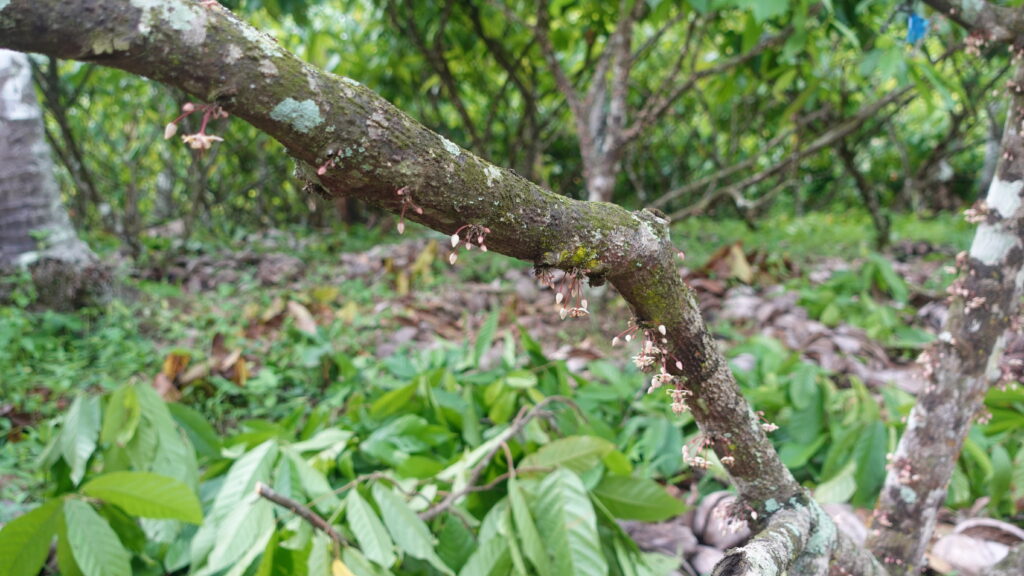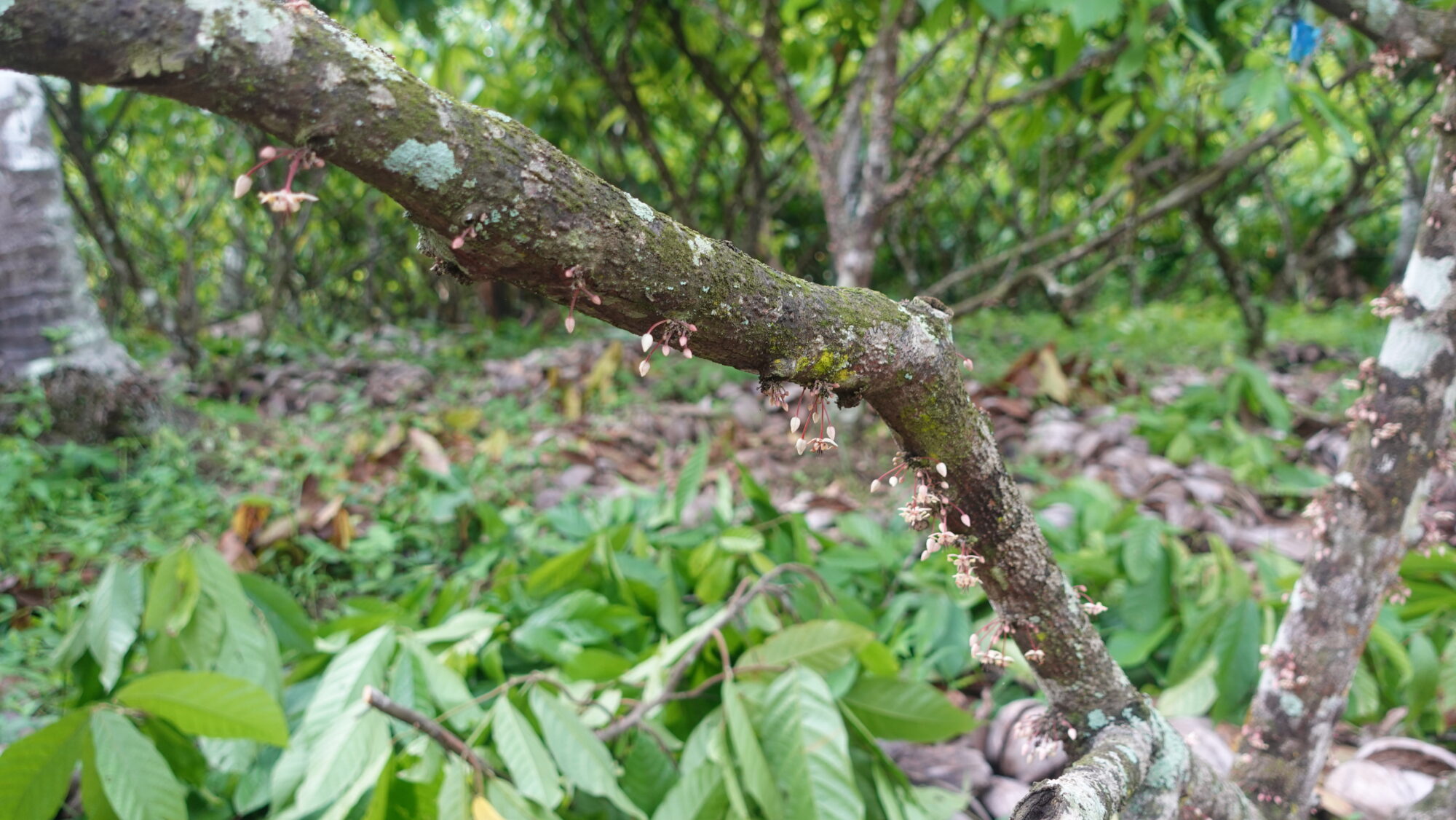The cacao value chain, just like any other industry, involves various actors with different roles. It requires action and participation from the producers or the cacao growers, the consolidators, the processors, the chocolatiers, the exporters, the enabling institutions, and many more. Therefore, the sustainable cacao development does not lie on one actor alone.
For instance, the current Philippine Cacao Roadmap aims to increase the nationwide production of fermented beans to 50,000 MT by 2025. Most of the plan’s objectives focus on production, such as to raise the yield to 2kg/tree and increase the newly planted areas by 7,000 hectares. But the responsibility to achieve these goals does not only rest on the shoulders of the producers, particularly the cacao growers. Improving production alone requires investment and enabling conditions, such as availability of quality planting materials, accessibility of processing facilities, and enhanced technical capacities—all of which are impossible if only the cacao growers and the private sector will take action.
With this, the Sustainable Farming in Tropical Asian Landscapes (SFITAL) Project promotes co-investment of various value chain actors and enabling institutions to promote sustainable cacao development, even at the production- or farm-level. The Project demonstrates this in its four learning farms established in the municipalities of Laak, Maco, Nabunturan, and New Bataan. These farms were not built from scratch, nor were these established using SFITAL resources alone. It was only made possible through the collaboration of the Project with farmer-cooperators, farmer organizations, and other enabling institutions, both from the public and private sector.
Now, these learning farms are being used to demonstrate agroecological practices for environment-friendly and climate resilient cacao cultivation. Some of these learning farms were also used as venues for capacity building activities, not only those organized by the SFITAL Project but also those organized by partner institutions.

FRUIT OF CO-INVESTMENT. One of the tangible results of the co-investment that SFITAL promotes in its cacao agroecology learning farms is the improvement in the flowering and fruiting of the cacao trees in these farms. This photo was taken in Jun Villahermosa’s farm months before that peak harvest season. It went to this from years of very few to no flowering and fruiting.
How did the co-investment happen?
Promoting co-investment in this context required a series of site visits to know the situations of the proposed learning farms, as well as a series of stakeholder consultations to determine the available resource in each enabling institution. These activities also helped ensure that the objectives of the co-investment aligned with the goals of the Project, of the farmer-cooperator, and of the partner-enabling institutions.
Once the issues of the proposed farms were identified, the SFITAL Project proposed necessary interventions and identified the resources needed. The identified resources were then presented to the partner-enabling institutions to identify possible sources of these inputs.
For example, in the Nabunturan Learning Farm in Barangay Katipunan, the Project provided technical assistance to initiate the interventions, particularly in access pruning and thinning—since the farm has been neglected for a relatively long time. The Provincial Agriculture Office of Davao de Oro then provided fertilizers to hasten the recovery of the cacao in the area. Kennemer Foods Inc., one of the major private sector partners of the Project, was the source of the scions of new clones side grafted on the existing cacao trees, to promote clone diversification. The Department of Trade and Industry – Davao de Oro, through the Rural Agro-industrial Partnership for Inclusive Development (RAPID) Growth Project also helped in selecting the farm and farmer-cooperator to maximize the investments they have already made to the farmer’s cooperative. The farmer-cooperator also has access to the farming tools and equipment given by DTI-RAPID to the cooperative.
In the case of the Laak learning farm, the University of the Philippines Mindanao – Land Reservation Management Office, one of the Project’s academe partners, provided the farming tools and equipment for the interventions being done in the farm.
For all the learning farms, the farmers also co-invest, particularly through the use of their farms and their labor.
As a result of this co-investment, the farmer-cooperators for the learning farms have been noticing improvements in their own farms. For instance, Mr. Fausto Juab, the farmer-cooperator for the Nabunturan Learning Farm, and Mr. Jun Villahermosa, the farmer-cooperator for the Maco Learning farm, both expressed their joy and satisfaction seeing their cacao trees flowering as of June this year, giving them hope of an upcoming abundant harvest.
Why promote co-investment?
Co-investment is beneficial, not just to ensure availability of resources but also to promote collaboration at the landscape level. For the case of the SFITAL Project, the period of implementation, so as the availability of resources, is limited. This is true as well for other internationally funded projects. Promoting co-investment early in the process fosters a sense of co-ownership among enabling institutions. Therefore, it helps ensure sustainability of investments and continuity of interventions, even beyond the project implementation period.
The SFITAL Project also promotes co-investment, not just in the learning farms, but also in the roadmap of sustainable cacao development for the Province, which involves different sectors because sustainable cacao development, from farm- to landscape-level, is a feat that requires collaboration and active participation.
